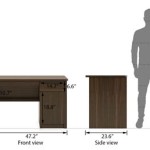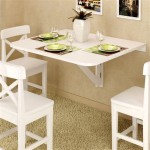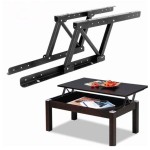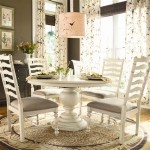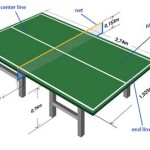Acq Treated Lumber: An Essential Material for Raised Vegetable Beds
Raised vegetable beds are an excellent way to improve soil conditions, extend the growing season, and increase productivity. When constructing these beds, it is essential to choose the right materials. Acq treated lumber is a durable and long-lasting option that is perfect for this application.
Acq, or Alkaline Copper Quaternary, is a water-based preservative that is used to treat lumber and protect it from rot, decay, and insects. Acq treated lumber is safe for use in raised vegetable beds and will not leach harmful chemicals into the soil.
There are several advantages to using Acq treated lumber for raised vegetable beds. First, it is very durable and will last for many years. Acq treated lumber is resistant to rot, decay, and insects, so it will not need to be replaced as often as untreated lumber. Second, Acq treated lumber is safe for use in raised vegetable beds. The preservative used in Acq treated lumber is not harmful to plants or animals, so you can be sure that your vegetables will be safe to eat. Third, Acq treated lumber is easy to work with. It can be cut, drilled, and nailed just like untreated lumber, so you can easily build raised vegetable beds of any size or shape.
If you are planning to build raised vegetable beds, Acq treated lumber is an excellent option. It is durable, safe, and easy to work with. With proper care, Acq treated lumber will last for many years, providing you with a beautiful and productive garden space.
Here are some additional tips for using Acq treated lumber for raised vegetable beds:
• When cutting Acq treated lumber, be sure to wear a dust mask and gloves. The sawdust from Acq treated lumber can be irritating to the lungs and skin.
• Acq treated lumber should be stored in a dry place. Do not store Acq treated lumber in direct sunlight or rain.
• Acq treated lumber is not paintable. If you want to paint your raised vegetable beds, you will need to use a different type of lumber.
• Acq treated lumber is not suitable for use in ground contact. If you are planning to bury your raised vegetable beds in the ground, you should use a different type of lumber.

Treated Wood In The Landscape Home Garden Information Center
Using Pressure Treated Lumber In Raised Garden Beds Backyard Gardening Blog

How To Build A Rot Proof Garden Bed The Craftsman Blog

Q A Building Raised Garden Beds With Treated Lumber Maryland Grows

Raised Beds For Your Garden Framing Materials Finegardening

Building Raised Garden Beds Spotts Service

Best Wood For Raised Garden Beds Advantagelumber Blog

Building A Raised Garden Bed

Best Wood For Raised Garden Beds Empress Of Dirt

Is It Safe To Use Pressure Treated Lumber In The Vegetable Garden Home Joy

